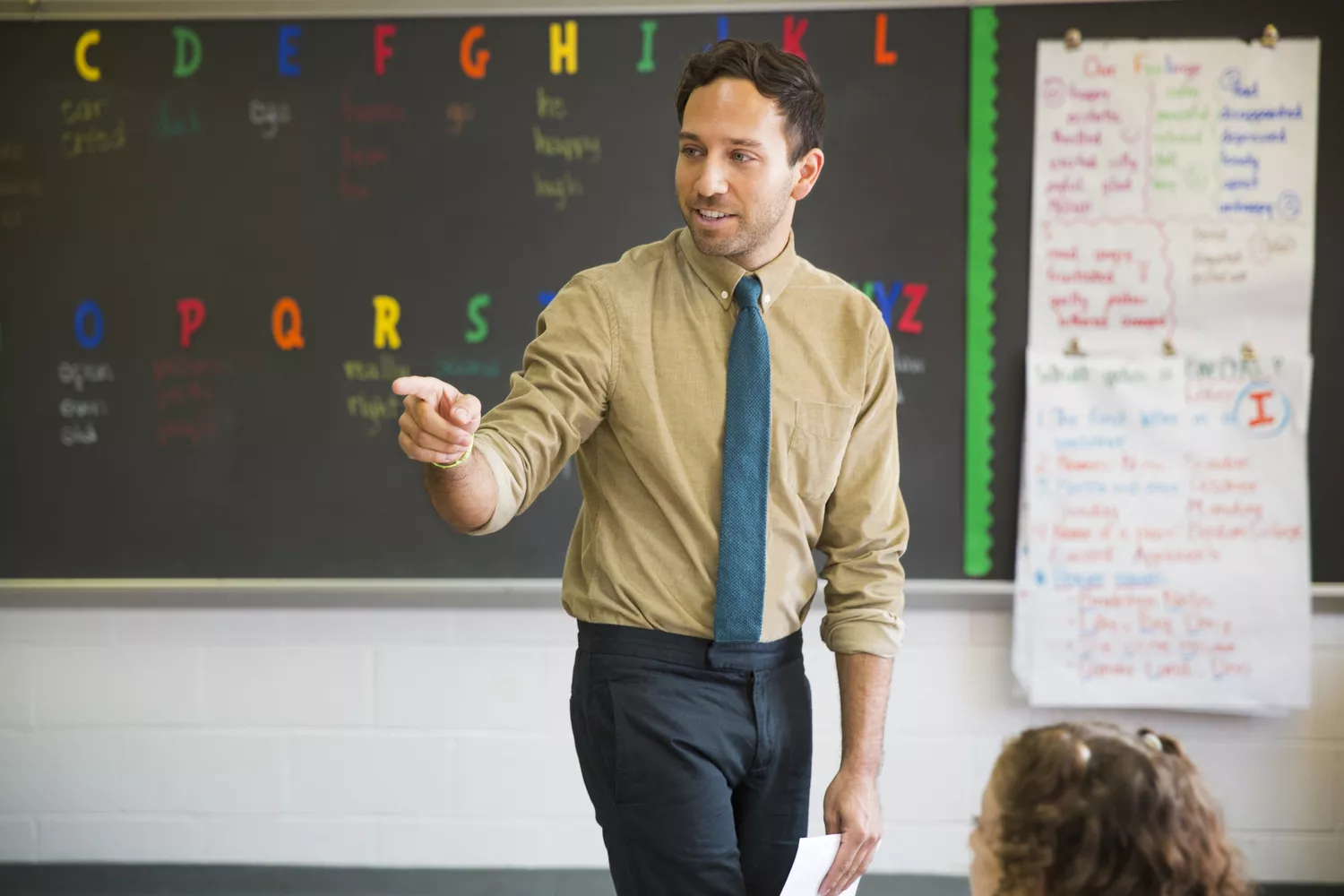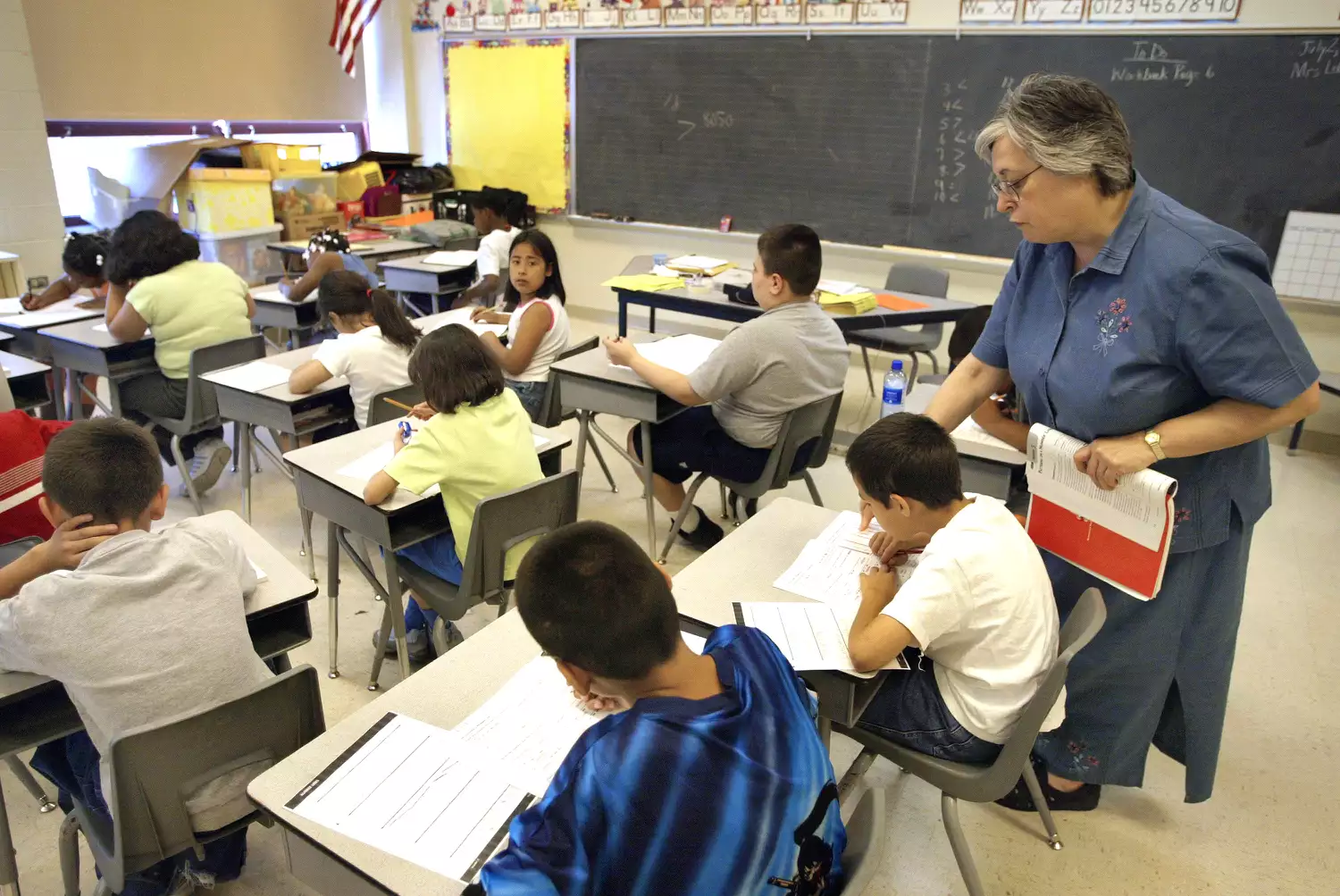
Use these standards to prepare a lesson plan to teach trainees of any age how to utilize comparative words and relative provisions to reveal the principles of more or less and higher or lower.
Objectives and Goals
Instruct/review adjectives as a part of speech
Introduce students to words that end in -er and/or -est
. Offer trainees the chance to practice finding comparable products and comparing them through the correct usage of language.
Anticipatory Set.
Ask students what they know about -er and -est words, along with the word “than”. Describe that -er adjectives are for comparing 2 things, while -est words are utilized to compare three or more things. For older students, present and use the terms “comparative” and “superlative” repeatedly and hold students liable for understanding these terms.
Direct Instruction.
Design turning typical root adjectives into comparative and superlative adjectives (examples: funny, hot, happy, big, great, and so on).
Brainstorm additional adjectives and practice (as a group) putting them into sentences (example: The sun is hotter than the moon. A child is smaller sized than a teen.).
Directed Practice.
Depending on the age and capabilities of your trainees, you can ask the trainees to compose their own comparative and superlative sentences from scratch. Or, for younger trainees, you can design and copy a worksheet with cloze sentences and they can fill in the blanks or circle the right suffix. :.
Fill in the Blanks: The ___________ is larger than the ___________.
Circle one: The big (er or est) animal in the zoo is an elephant.
Another option is to have students check out the pages of their independent reading books and search for relative and superlative adjectives.
Closure.
Offer sharing time for the students to read aloud the sentences they finished or made up. Strengthen the core principles with discussion and question/answer time.
Independent Practice.
For research, have trainees write a provided variety of relative and/or superlative sentences based on things they discover in their houses, books, community, or imaginations.
Required Materials and Equipment.
Worksheets if required, paper, pencils, trainee reading books if needed.
Assessment and Follow-Up.
Check completed research assignments for right sentence structure and grammar. Re-teach as needed. Point our relative and superlative words as they show up in class discussion and whole group reading.




